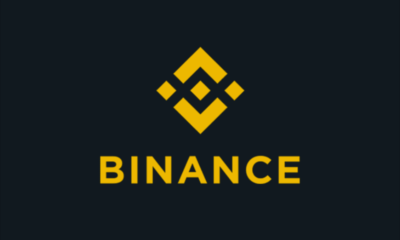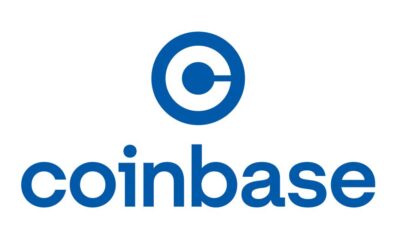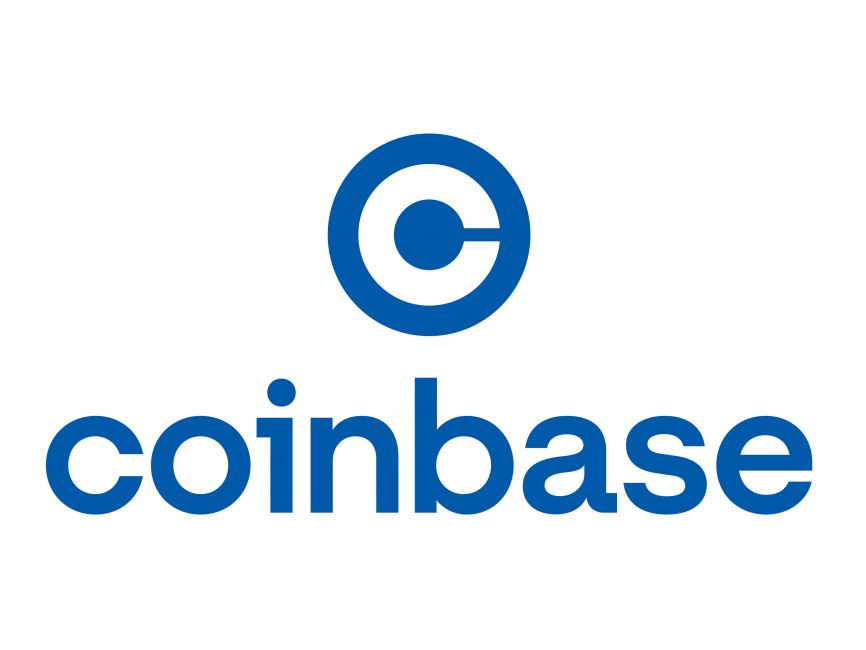Markets
UAE makes first digital dirham transfer via mBridge CBDC platform
The central bank of the United Arab Emirates conducted its first cross-border digital dirham transfer using the mBridge central bank digital currency platform on Jan. 29.

News
Pepe hits an all-time high
The infamous Pepe meme has skyrocketed to an all-time high, triggering a surge in memecoins following the return of a famous GameStop stock trader. The resurgence of interest in memecoins comes as a surprise to many, reflecting the unpredictable nature of the digital asset market.
News
Coinbase sees infinite interoperability potential with Ethereum and USDC
Coinbase Explores Future of Decentralized Applications and Blockchain Integration
News
Taiwan proposes tougher AML measures for crypto service providers
Taiwan’s Ministry of Justice is pushing for amendments to its Anti-Money Laundering (AML) regulations, targeting virtual asset service providers (VASPs) in a bid to combat fraud and enhance AML measures.
-

 News1 week ago
News1 week agoBinance denies reports of DWF Labs market manipulation
-

 News1 week ago
News1 week agoDeutsche Bank slammed by Tether over suggestion its stablecoin could fail
-

 News1 week ago
News1 week agoCoinbase sees infinite interoperability potential with Ethereum and USDC
-

 News1 week ago
News1 week agoRwandan central bank proceeds with retail CBDC project
-

 News1 week ago
News1 week agoRipple-Partner SBI Holdings To Establish Joint Venture In Japan
-

 News1 week ago
News1 week agoCharles Hoskinson Says Biden Wants To ‘Kill’ Crypto
-

 News6 days ago
News6 days agoThe Philippines initiates sandbox testing for a stablecoin backed by the Peso.
-

 News1 week ago
News1 week agoVitalik Buterin Proposes Multidimensional Gas Pricing



























